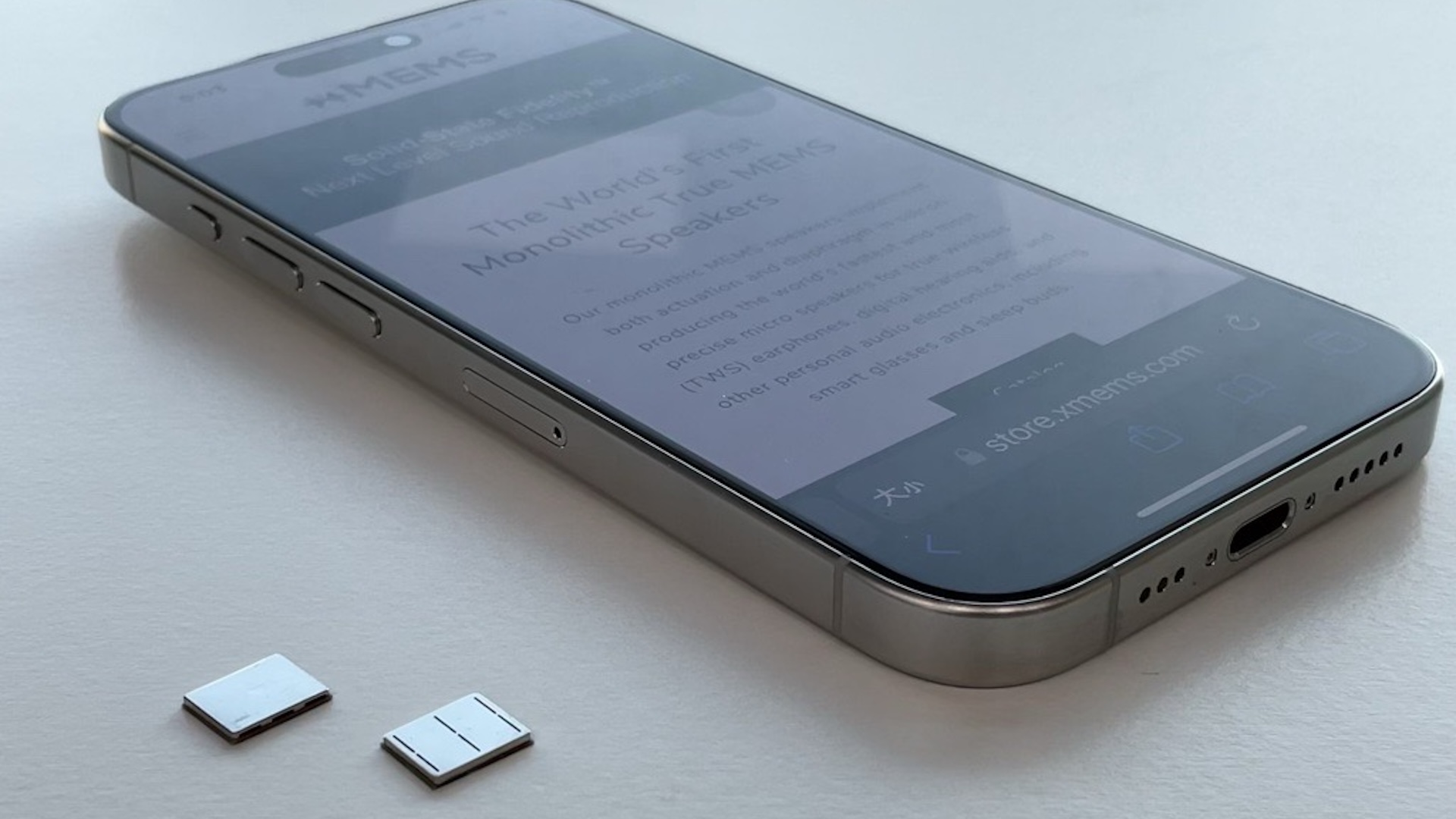
The leading provider of solid-state micro-speaker technology, xMEMS Labs, has announced the first all-silicon active micro-cooling fan-on-a-chip for use with mobile devices. The innovative technology will allow manufacturers to integrate active cooling into their smartphones, tablets, and other advanced mobile devices without sacrificing size.
Since manufacturers are constantly trying to reduce the size of our mobile devices, space inside the case is always at a premium. On the other hand, thermal management is becoming more critical with the advent of running processor-intensive artificial intelligence (AI) apps on-device. Gaming and computational photography needs have also become very GPU-intensive, thus leading to even more heat.
Without a solution for active cooling in these devices, hardware and software designers face limitations in what they can allow smartphones and similar devices to do. With the xMEMS Labs’ new XMC-2400 micro-cooling chip, they have a potential solution.
The XMC-2400 measures 9.26mm by 7.6mm and is just 1.08mm thick. It weighs less than 150 milligrams but can move up to 39 cubic centimeters of air per second with 1,000Pa of back pressure. The fan is inaudible and draws no more than an estimated 30mW of power.

xMEMS based the technology on the same fabrication process it uses for its Cypress full-range micro speaker for ANC in-ear wireless earbuds, like the Creative Aurvana Ace that debuted in December 2023.
Joseph Jiang, co-founder and CEO of xMEMS, says the innovation “comes at a critical time in mobile computing.” Offering a solution that can provide active cooling to the smallest handheld computing devices will help solve the heat problem generated by processor-intensive AI apps and games on ultra-mobile devices, he says.
In addition to smartphones, tablets, and laptops, xMEMS says the XMC-2400 could be used in external SSDs, wireless chargers, and virtual- and mixed-reality goggles. xMEMS plans live events in Shenzhen and Taipei beginning in September to demonstrate XMC-2400 to its customers and partners. The company plans to start production in the second quarter of 2025 and has several customers already committed to the device.







